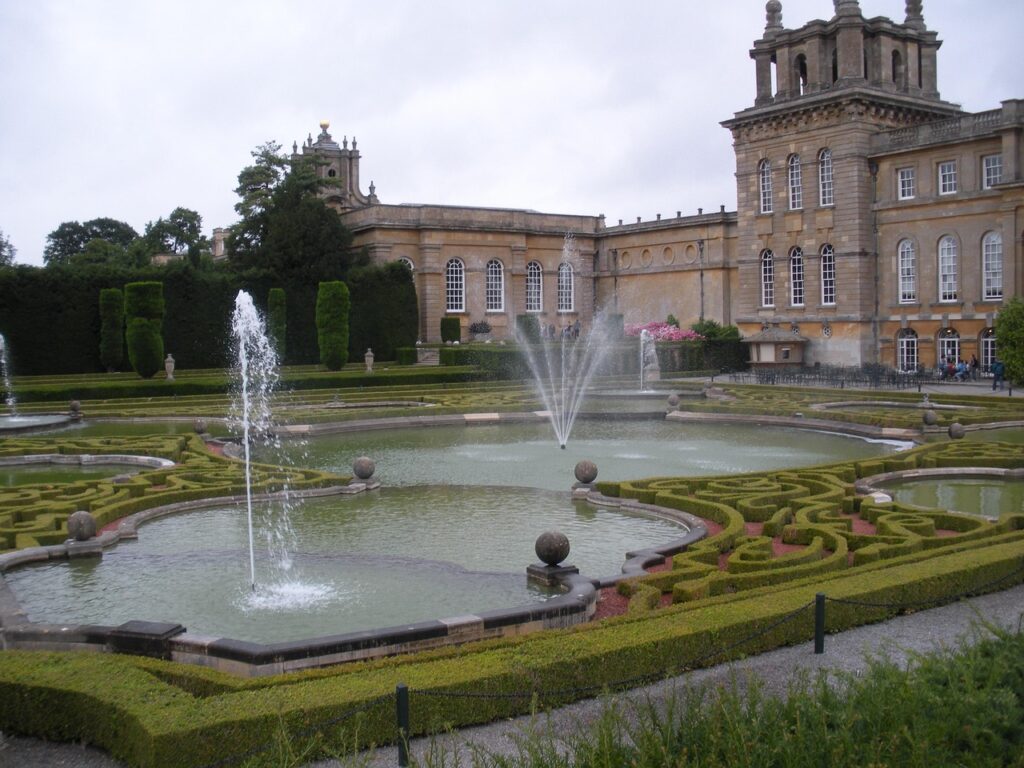Stately Homes

Stately homes are the epitome of British culture, namely architecture. These big beautiful houses are often located in the rolling hills of the British countryside with ancient architecture and tend to be open to the general public. The home itself can often be found on a large estate with gigantic gardens and, on occasion, further properties such as chapels, farm buildings and outhouses.
Historically, stately homes were the “country homes” (also known as second homes or holiday homes) for the wealthy, although today many are run by charitable organisations, such as The National Trust and English Heritage, to enable the public to visit them and learn about their history. In the past, these properties were often seen as the centre of rural life. Many local people in the surrounding villages were employed as gardeners, maids, cooks, cleaners or drivers at the property and local businesses wanted to work with the families who owned these large estates. They were a hub for the community and symbols of power, wealth and the high-life.
Without a doubt, the façades of these homes exude grandeur and opulence but the interior does exactly the same. Each stately home is displayed differently but most will have grand, ornate staircases, countless rooms with high ceilings, large sash windows draped with velvet curtains and lush fabrics and furnishings. Many of the items on display in the now-public stately homes are family heirlooms, antiques or collectibles. Typical items include paintings, statues, sculptures, crockery collections, grandfather clocks and candelabras, to name a few.
There are numerous stately homes to visit if you’re on a trip in the UK, although some notable ones include Highclere Castle, Blenheim Palace, Chatsworth House and Castle Howard. On a trip to a stately home, you’ll get the chance to learn a little about the history of the owners of that property and you’ll get some fresh air in walks on the estate grounds. Most stately homes will have tours available as well as cafés and seasonal activities.
VOCABULARY
Epitome: The perfect example
Outhouse: A small building outside the main house, often used for storage or toilets
Heritage: Traditions, culture, or items passed down from previous generations. In this example, it’s used as the name of a charitable organisation in the UK – English Heritage.
Hub: The central place where important activities happen.
Façades: The outer architecture of a building that can be seen.
Exude: To display something clearly.
Grandeur: The impressive beauty or magnificence of something.
Opulence: Great wealth and luxury.
Ornate: Very decorated and detailed.
Lush: Rich, soft, and luxurious.
Heirloom: Valuable objects passed down through generations in a family.



Responses